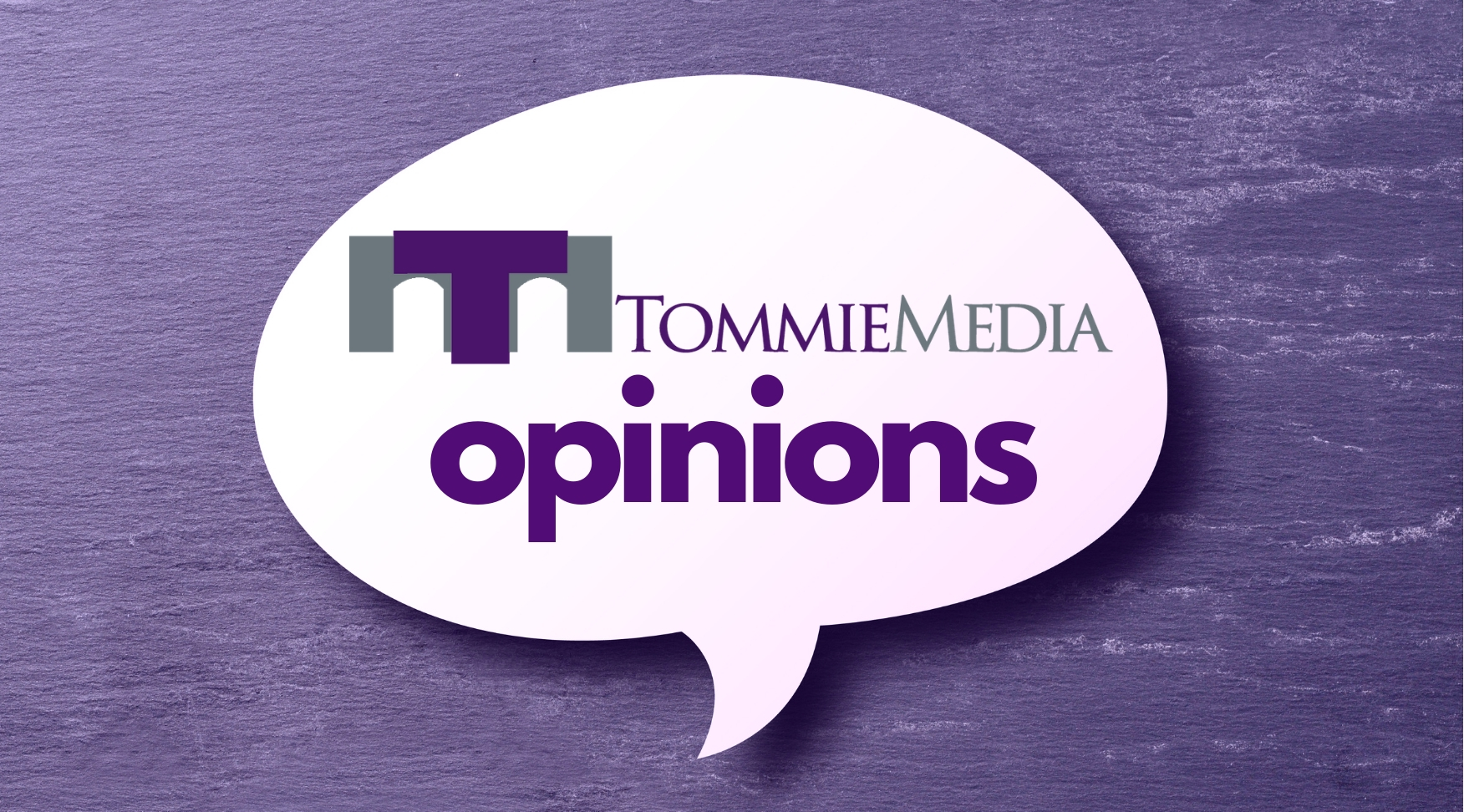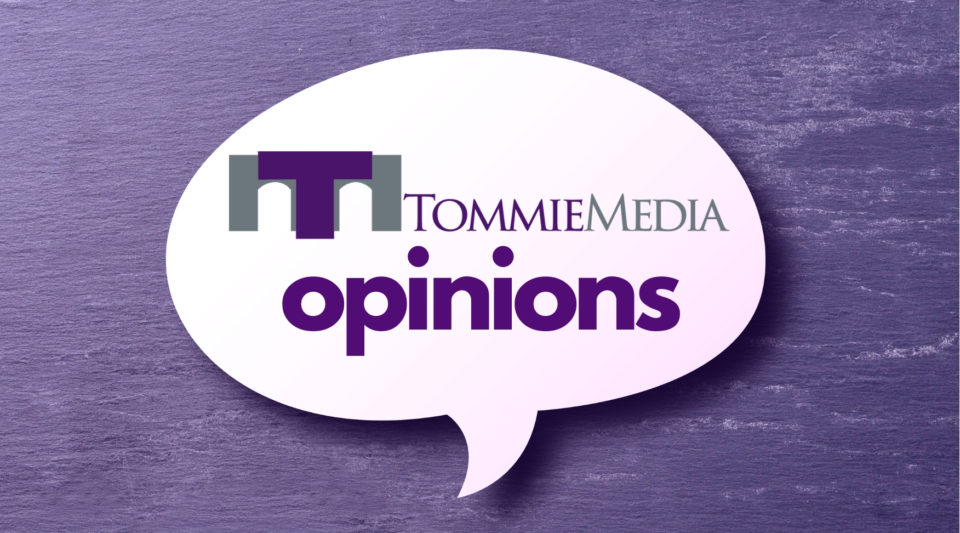Newspapers may be dying, but news is spreading faster than ever. News outlets are trying to keep up with the fast-paced online world, which leads to new obstacles in a digital age.
For newspapers, such as The Wall Street Journal, the transition to the internet has been rocky. Maintaining business and stable revenue are challenges for traditional print papers; therefore, charging users for online content may be their best and only option.
Newspapers get their revenue from two main sources: subscription/circulation and advertisements. Traditionally, subscription and circulation revenue come from people who pay to have the paper delivered or purchase daily papers from a stand or store. Online versions offer subscriptions as well. Ad revenue comes from companies paying to have their ad in the paper.
The Pew Research Center found that the subscription and circulation revenue was estimated to be $11 billion in 2017. Since 2015, weekday circulations have been below 40 million papers, which is the lowest amount circulated since 1940. This number continues to drop as newspaper companies adjust to the internet’s growth and presence in today’s world.
The New York Times, USA Today and The Wall Street Journal have the highest unique monthly visitors for their online papers, according to the eBusiness Guide. These three newspapers, along with others like the Minneapolis’ Star Tribune, offer online subscriptions, usually presented in a weekly or monthly fee. Online subscriptions produce more revenue for the company, which can be put towards improving the online news format and creating a more stable system.
Subscription ads typically ask the reader to support journalism and the spread of news. The ads are for frequent visitors, who are more likely to support the company they enjoy reading and to support journalism in general, since these are the sources they are getting news from.
On the other side, the total U.S. newspaper ad revenue was estimated to be $16.5 billion in 2017, which has steadily decreased since 2000. About 31 percent of this ad revenue was from online advertisements, but this is not enough to sustain the revenue received from print ads.
One way to support the newspaper, without subscribing, is through donations. Nonprofit papers, such as MinnPost and The Texas Tribune, rely on memberships and donations. The stories posted online are free for all unique monthly visitors, but there are extra benefits that come with memberships, such as exclusive content directly related to the future stories and the staff. This is similar to typical newspaper subscriptions, except nonprofit stories are free for everyone.
Another reason newspapers should charge their online visitors is because accessing the news online could be considered a content streaming service like Netflix, Spotify, or Audible. The nature of the internet is that everything is free, but newspapers should not be held to that same standard, since that is not how businesses run in the physical world. Moving online is a way for newspapers to become more accessible, but in a way that maintains the integrity of the newspaper business.
There has not been a total shift from print to digital, and the likelihood of this is low. Print sales are not low enough to recall them altogether, and there is too much reliance on print-ad revenue for companies to give up on printed papers. However, if news companies can earn more revenue from online platforms, they may be able to cut print costs.
According to The Guardian, production, printing and distribution takes up 45 percent of a news company’s costs, but if it were to make the switch to become fully digital, this cost would reduce to 15 percent overall.
The cost of production is one of the obstacles for increasing revenue. Until companies can find a stable online-revenue system, there needs to be print advertisement and circulation revenue to support the company. However, this results in approximately half going toward production cost.
While these issues are being sorted out, newspapers should test their online platforms with various payment options, determining the most stable way to earn revenue on a mostly free internet. Until then, the news will be split between a well-known print world and that of an unsure digital medium.
Maddie Peters can be reached at pete9542@stthomas.edu.




